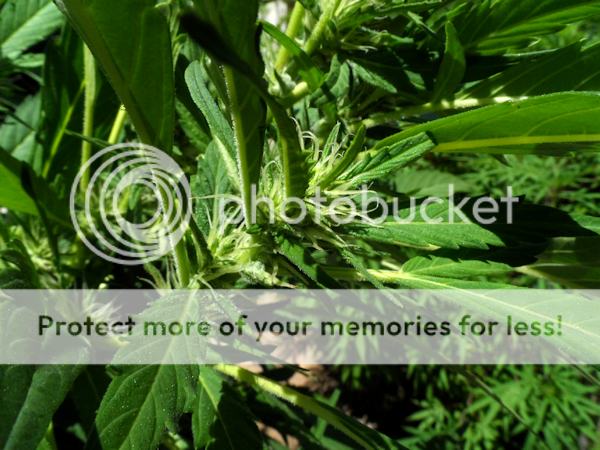Pattahabi
Well-Known Member
It looks to me like you have pH issues going on. 6 weeks into flower, I'd probably just hit them with a few strong compost teas. Your one that is 3 weeks into flower, you might try a healthy layer of EWC, and maybe even an alfalfa/kelp tea to give it some quick available nutrients. Just saw you are using epsom salts. I'd be careful with that one. Wen you can, ditch the jobs and pick up some kelp, alfalfa, neem, etc. DTE isn't bad for most stuff. Personally I like the ahimsa neem much better than DTE. Best I can do before coffee lol!I'm still new and learning organics and recycled soil both of my girls that are lacking a few nutes. They're both in black gold potting soil, compost and I mixed in tomato/bloom nutes from jobes which was probably not the greatest but I think my lemon kush is lacking calcium and maybe nitrogen and mag but not totally sure. And my purple widow I'm not totally sure what she's lacking, I've been watering her with Epsom salts and top dressed her with the same tomatoe bloom nutes and they seem to not be bouncing back. They're under a 1000w hps. The lemon kush is 6 weeks into flower and the purple widow is 3 weeks into flower. Once I run out of the jobes tomatoe bloom nutes in going to buy single nutes from down to earth since they're omri listed nutes. If anyone could help me in what they need it would be much appreciated, thanks a head of time.
View attachment 3478517 View attachment 3478518
Purple Widow
View attachment 3478520 View attachment 3478521
Lemon Kush
Peace!
P-




